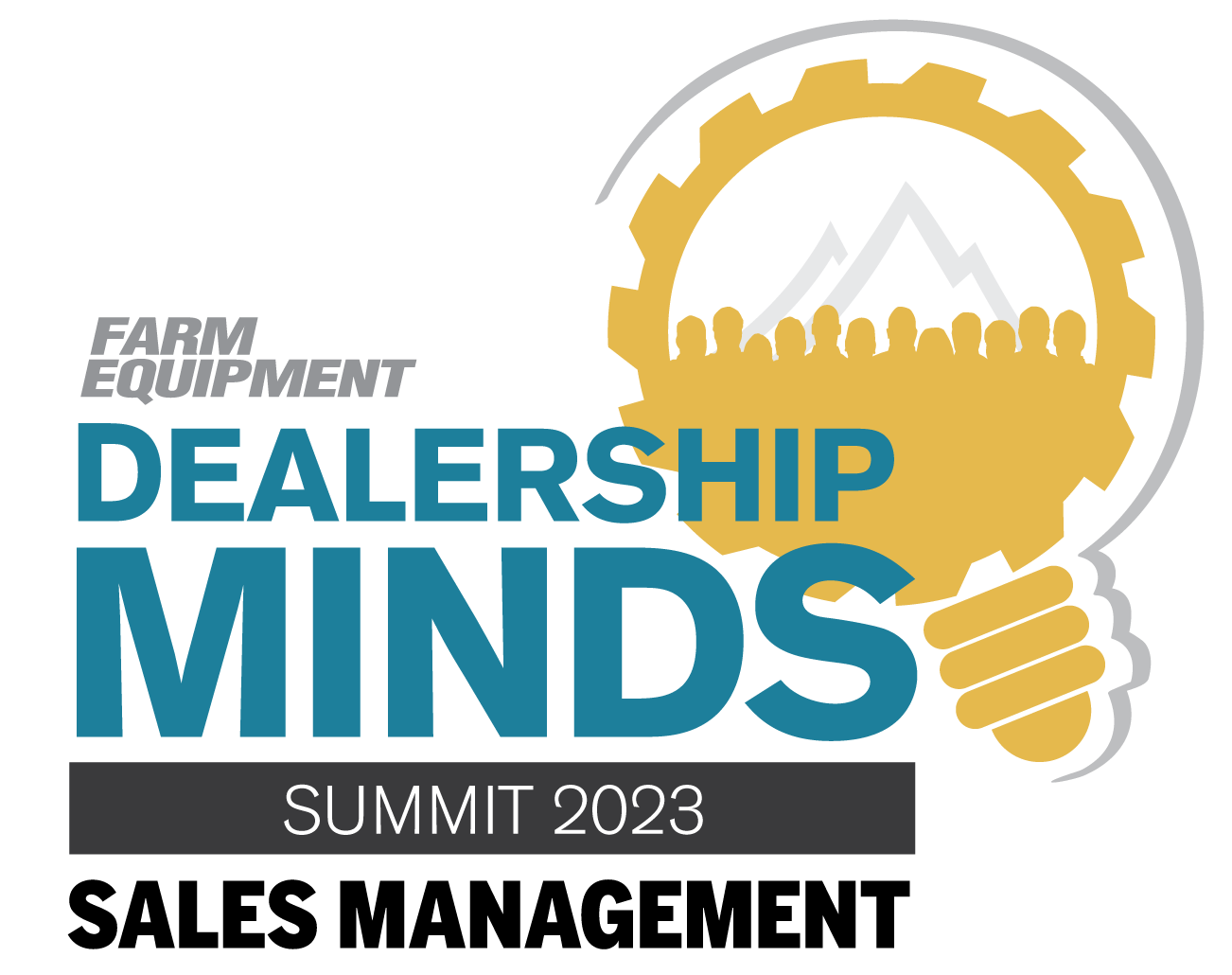I am in constant search of how trade cycles work for each customer. Each customer’s trade cycle is like a fingerprint; no two are identical. What works for one will not work for another. The more trade cycles are studied, the more I realize it is almost impossible to lump customers into buying groups, especially the used buyer.
When I started in the ag equipment business, I had many mentors, but one was more influential than anyone else. Scott Helt introduced me to the “washout cycle” — the number of units generated from the sale of a new machine until the last used unit does not generate a trade — and why it was essential to understand the equipment flow from customer to customer. In addition, he taught me what to look for and what matrices to watch. Finally, Scott taught me proper inventory management and how each segment of the washout cycle matters to the outcome of inventory turn.
What was nice about what I learned from Scott was something that had been incubating over many years of trial and error. Equipment managers before Scott, and certainly before me, had chipped, shaped and polished the art of the washout cycle. New buyers bought new, and used buyers bought used. I vividly remember sitting in a meeting going through used equipment inventory, and I explained why we shouldn’t worry about it. I laid out the various programs we had in place and the progress of each when I was met with a question that threw me for a loop: “What happens when the used equipment buyers don’t buy?”
Scott explained it was easier for a used buyer to drift outside their natural trade cycle than for a new buyer to drift outside theirs. I had never given the scenario any thought. What I kept coming back to was the notion that if the customer wanted to upgrade to a machine with fewer hours, better technology or just a new model, they would have to trade. So no matter what, there would be used equipment inventory turning over.
As I mentioned, it might not follow the same pattern again — a tried-and-true method that had been incubated for generations. The options before customers now are the same as in past years. The exception now is that customers don’t have to trade to get the latest technology. The best example is planters.
Every manufacturer has the option to make an old planter new again. The limiting factor is the bar, but nothing stops the retrofit of older planters to the latest and greatest through bolt-on technology. In many cases, retrofit and upgrade kits are the most cost-effective and efficient methods of updating. One size doesn’t fit all, but it is a healthy option.
“The options before customers now are the same as in past years. The exception now is that customers don’t have to trade to get the latest technology…”
As I write this, there are about 4,300 planters on the retail market, and 960 are 5 years old or less. There are few late-model, low-acre planters on the used market, so the price of used planters should have a long sustainable premium, keeping the price elevated, correct? I am not convinced.
Although the number of used planters has historically been low, the competition is off the charts. Assuming the planter can be upgraded, every planter in the on-farm inventory competes with every used planter listed on every internet listing service. If a used buyer is interested in a used planter on a dealer lot and it isn’t exactly what they want or the price is just outside their budget, the farmer doesn’t have to trade; they can upgrade what they have. When the customer upgrades their current planter, they are out of the market for a certain amount of time. The longer the customer is absent from the market, the better the chance for inventory to become a problem.
As new and used equipment evolves to the next iteration of the “new normal,” less could mean more, literally. Unlike past processes, this one hasn’t been tested for generations to know and understand what to look for. The lot might not be packed with used equipment in the future. The ag equipment business is heading toward uncharted pitfalls and successes. I can’t think of a better time to be in this business.

Casey Seymour will be speaking at the 2023 Dealership Minds Summit to cover the nuances of the used equipment market in 2023-24 and how to prepare your dealership for what lies ahead.
Click the button below to register!






